The idea for my topic arose from my affinity for football. As a student of architecture and a football fan, I have always been enthusiastic about the construction of stadiums. A stadium has a special meaning for the city, the players and for the football fan himself. More than almost any other type of building, a stadium brings people together and unites an entire city. Irregular capacity utilisation is offset by high construction costs and a large amount of space taken up in the urban area. This disproportionate utilisation serves as a controversial starting point for the development of a new type of stadium. Austria’s largest stadium, the Ernst Happel Stadium in Vienna, is already somewhat outdated. In the long term, a change is inevitable. The question of whether the stadium should be remodelled or even demolished and rebuilt has been under discussion for some time. In my analysis, the stadium is no longer up to date and should be rebuilt. The Praterstadion is usually only used by the Austrian national team and is therefore rarely used. There is currently no high capacity utilisation for football. To increase capacity utilisation and usability, the ‘New Ernst Happel Stadium’ should not only be used as a multifunctional arena, but as an entire sports park.
The movable architecture serves as an architectural tool for this. This is intended to transform the stadium into a sports park and make it usable for different events every day of the year. Transformable architecture offers a variety of creative and functional possibilities for buildings and structures to adapt to different needs, functions and environments. This is to be applied on a large scale to the ‘new Ernst Happel Stadium’ at the Prater in Vienna, thus maximising its usability.

